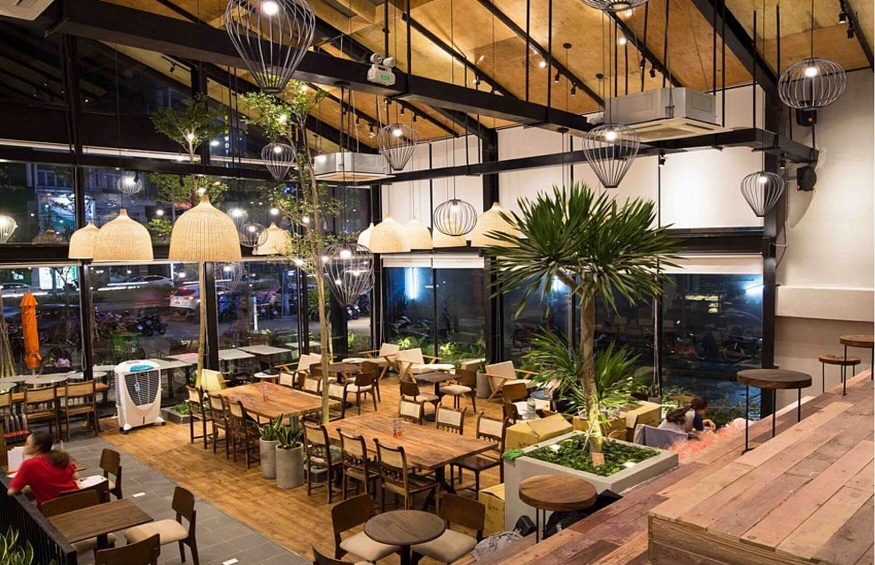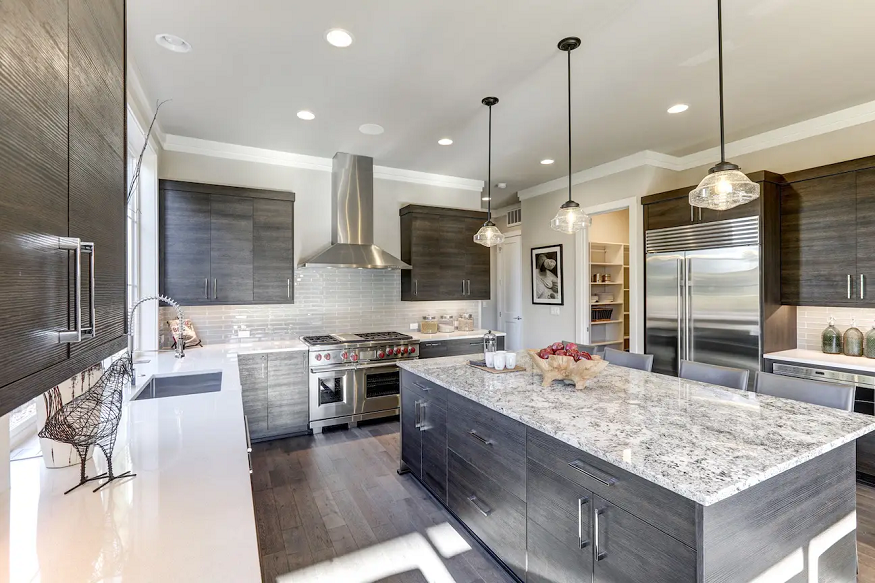
Renovating a high-traffic commercial property like a restaurant can be a massive task. For starters, the restaurant may be closed for renovations for an almost insignificant amount of time. As a company, it must remain operational to generate income. Second, restaurants deal with food; nothing is more incompatible with food preparation than a full-scale building project. From a logistical standpoint, the combination is the greatest way to have a headache.
However, upgrading a restaurant is just as essential as altering its cuisine. Patrons eat not only with their lips but also with their eyes and sense of touch, thus giving the restaurant a new appearance and feel that will satisfy their need to dine somewhere new.
So, without further ado, here are several budget-friendly strategies to complete this massive project.
1. Board Up Like a Pro
To avoid a logistical nightmare, take the time to carefully board up the restaurant. Contrary to common perception, it is unnecessary to completely close the restaurant if you prepare beforehand. Partially renovating the restaurant is possible; your contractor should be able to accomplish this effectively. The board up should reach the ceiling and have a separate entry. It is comparable to constructing an impregnable castle within the restaurant. Nothing should be able to exit or enter the secured area. You may decorate the boarded-up facade to complement the restaurant’s inside as well.
Regarding f&b renovation contractors, be sure to employ a group with a project manager. Remember that time is of the essence and that outsourcing solves half of the problem.
2. Consider Other Restaurants
Instead of purchasing new equipment, examine existing or defunct eateries. In addition to stainless steel equipment, these establishments are likely eager to liquidate their products, including plates, forks, bowls, and other kitchen utensils. The greatest part is that they will offer this to you in quantity and as a whole set, allowing you to receive a substantial discount on what would otherwise be a very expensive shopping trip if everything was brand new.
3. Be Cautious with the Fit Outs
Although you may be a bit more creative with the furniture, sticking to conventional measurements is the easiest way to save money on home improvements. This allows you to arrange the area more efficiently and ensures the equipment fits without costly customisation. Apply this to the whole restaurant using 3D rendering to ensure exact and correct size, including lighting fixtures, toilets, kitchens, and point-of-sale areas. You will see a significant reduction in your budget requirements.
Additionally, this is a sustainable practice since it simplifies restaurant upkeep by eliminating the need to seek far and wide for necessary supplies.



